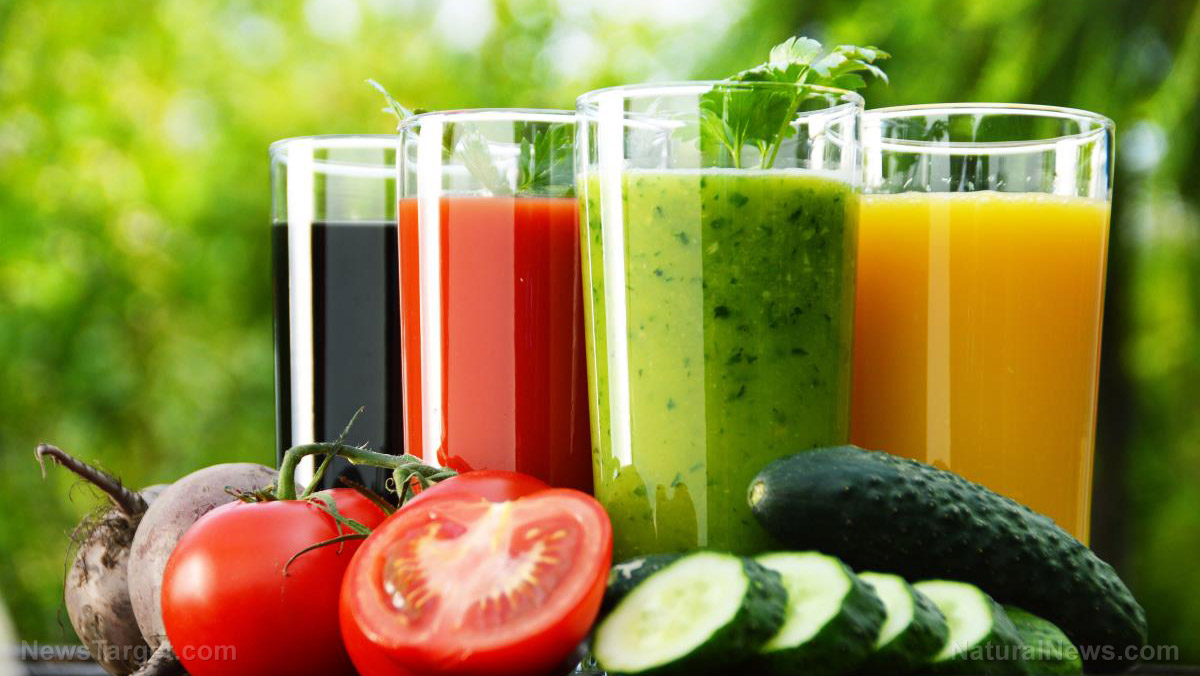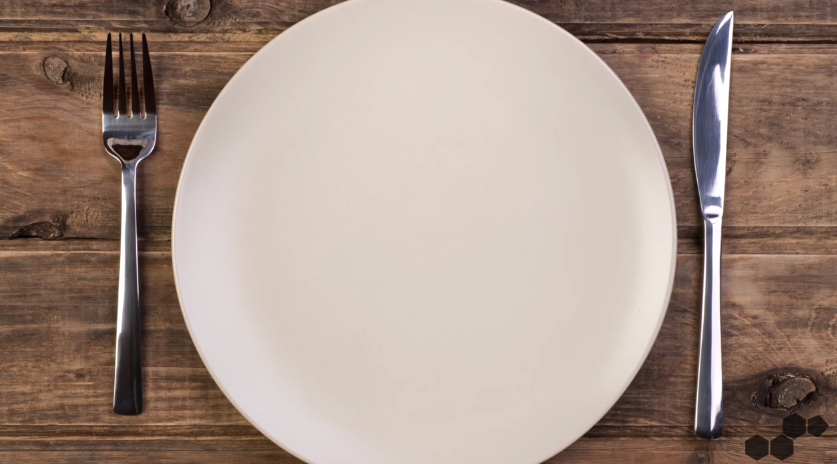Raw food diet – sources, health benefits at NaturalPedia.com
12/15/2017 / By Zoey Sky

The raw food diet is based around food that can be eaten raw. Individuals who follow this diet mostly eat raw vegetables, fruits, and legumes. Raw food diets often include less trans fats and additives. They are also lower in saturated fat and are less calorific than other Western diets.
The unprocessed raw food eaten when following this particular diet must not be heated above 115 degrees Fahrenheit (46 degrees Celsius). “Raw foodists,” or people who follow this diet, believe that foods cooked above this temperature lose their enzymes and nutritional value. Because food cooked above this temperature can be harmful to the body, raw foodists prefer uncooked foods that provide living enzymes and proper nutrition.

Benefits of a raw food diet
In a raw food diet, it is believed that cooking and processing may remove a lot of the beneficial phytonutrients and that the diet helps to largely avoid man-made food additives. Aside from incorporating raw fruits, vegetables, and legumes, a raw food diet can offer the following benefits:
- Higher energy levels
- Stabilized blood glucose levels
- Clearer skin
- Better digestion
- Weight loss
- Reduced risk of heart disease
- Reduced risk of diabetes
- Reduced risk of cancer
Food items typically found in a raw food diet
The raw food diet advocates eating a lot of raw vegetables, fruits and legumes. While the diet is low in sodium, it is high in potassium, magnesium, folate, fiber and health-promoting plant chemicals called phytochemicals.
Phytochemicals are naturally occurring micro-nutrients in food. There are many kinds of phytonutrients, and some examples include carotenes, flavonoids and plant sterols.
Foods often eaten in a raw food diet include:
- Fresh fruits and vegetables
- Nuts
- Seeds
- Beans
- Grains
- Legumes
- Dried fruit
- Seaweed
- Unprocessed organic or natural foods
- Freshly juiced fruit and vegetables
- Purified water
- Young coconut milk
Raw foodists will often drink fresh fruit and vegetable juices and herbal teas when following this diet. As long as the food is not heated over 115 degrees Fahrenheit, processed raw vegan foods can include:
- Cold pressed oils
- Unprocessed olives
- Raw nut “milks”
- Fermented foods such as miso, kimchi, and sauerkraut
- Pure maple syrup
- Unpasteurized raw soy sauce (nama shoyu)
- Dried fruits and vegetables
- Vinegars and foods cured in vinegar
- Unprocessed raw cacao (raw chocolate)
Body systems supported by a raw food diet
The raw food diet supports the following body systems:
- Brain – Raw foods are faster to digest, and when we digest food faster, more energy can be transferred to our brains and other organs in the body. This lets them function faster and more efficiently
- Heart – The antioxidants in raw plant-based foods help keep free radicals under control and reduce their ability to damage blood vessels and the heart.
- Kidneys – Many raw foods like celery, watermelon, dandelion greens, cucumber and others are natural diuretics, which can help improve the flow of urine and remove toxic waste matter more efficiently.
- Liver – Eating raw foods can help improve and support liver function, which will result in improved energy levels.
Where to learn more
- Breast Cancer Survivor Says Raw Food Diet Helped Her Heal
- Raw Food Diet Offers Considerable Benefits
- Raw Food Diet and Lifestyle: Top Seven Ways to Find and Create Support
- Raw Food Diet: Enjoy Nutrition as Nature Designed
- Man says raw food diet has made him ‘almost superhuman’
Summary
The raw food diet is based around food that can be eaten raw like fruits, vegetables, and legumes.
The unprocessed raw food eaten when following this particular diet must not be heated above 115 degrees Fahrenheit (46 degrees Celsius) because foods cooked above this temperature lose their enzymes and nutritional value.
A raw food diet can increase energy levels and reduce the risk of heart disease, diabetes and cancer.
Sources include:
Tagged Under: raw food diet




















